methane
Latest

Google will use AI and satellite imagery to monitor methane leaks
Google and the Environmental Defense Fund have teamed up to track methane emissions using satellite images and AI. The EDF's MethaneSAT is expected to help provide the most comprehensive picture yet of global methane leaks.

UN initiative will use satellites to detect methane emission hotspots
The UN is launching an initiative that uses satellites to detect methane emission hot zones — but whether countries use it is another story.
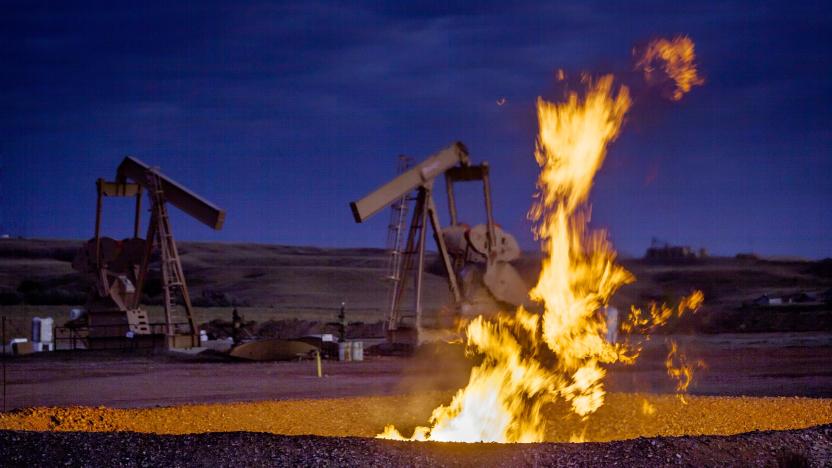
Fixing inefficient oil field flaring could drastically reduce methane emissions
Scientists have discovered that flaring during oil extraction lets more methane into the atmosphere than thought.
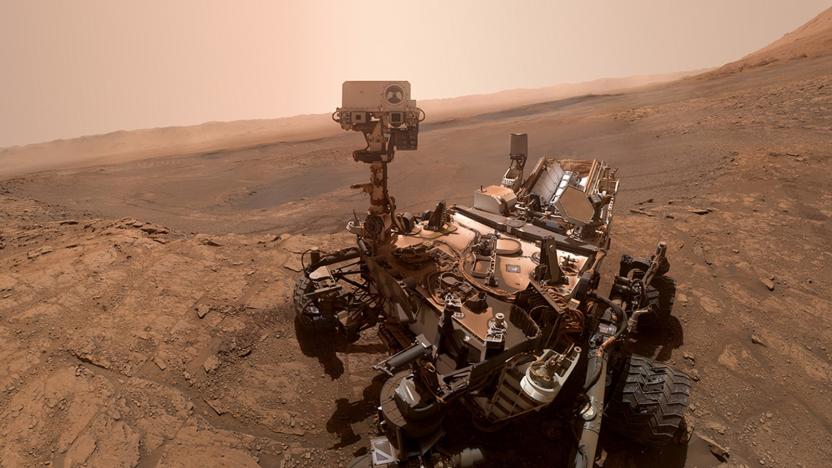
Curiosity rover might be sitting near microbe 'burps' on Mars
NASA's Curiosity rover might be sitting next to sources of methane 'burps' that might hint at microbial life or ancient water on Mars.

Methane emissions declined slightly in 2020 amid lower oil and gas production
The IEA says the sector's emissions need to drop by over 70 percent by 2030.

EPA will roll back rules on methane emissions
Today, the Environmental Protection Agency (EPA) is expected to announce plans to roll back regulations on methane emissions, a major contributor to climate change. The Trump Administration is seeking to do away with Obama-era requirements, which mandated that the oil and gas industry install technology to monitor and limit natural gas leaks from infrastructure like wells, tanks and pipelines, The Wall Street Journal reports. The change could also block proposed rules that would have required the EPA to set emissions regulations on thousands of pre-existing wells and industry sites.
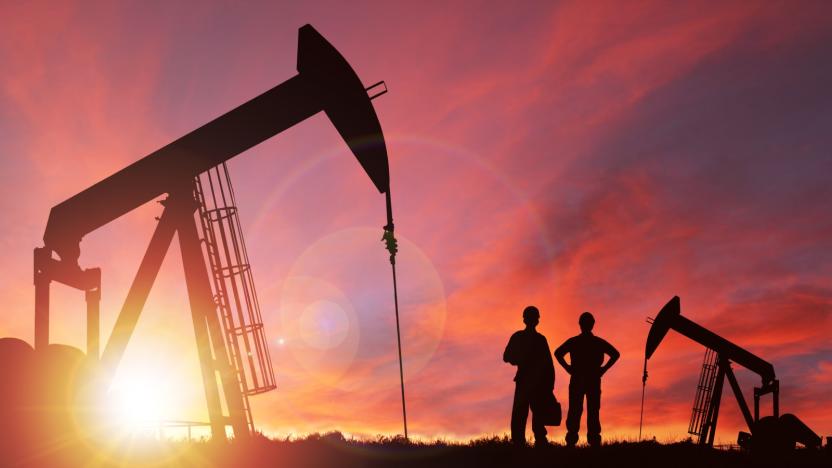
Researchers discover climate-friendly way of extracting hydrogen from oil
Scientists have discovered a way to extract hydrogen from oil without releasing greenhouse gases -- a move they've hailed as a "silver bullet" for climate issues. Hydrogen is already used by some car manufacturers to power vehicles and is also burned to generate electricity. However, most of this hydrogen comes from natural gas, which involves producing planet-warming methane during the extraction process. The large-scale roll-out of hydrogen tech has also been restricted because of the high costs involved in separating it from hydrocarbons.
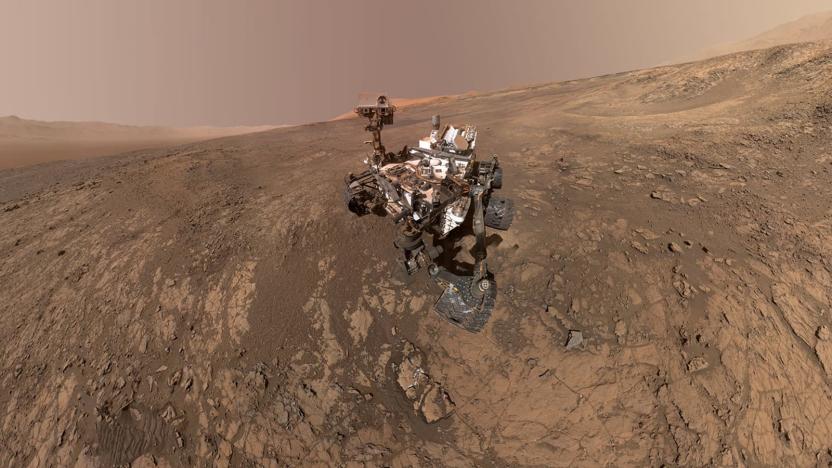
NASA just witnessed its biggest methane gas emission on Mars
NASA has confirmed that the Curiosity rover recently detected the "largest amount of methane ever measured during the mission." The levels were enough to pause the rover's activities as scientists sought more answers: Methane is a gas typically produced by life as we know it, after all, and it could be a sign of life on the planet. Curiosity's methane reading came to 21 parts per billion units by volume, which is thrice the amount it sniffed out during a surge in 2013.
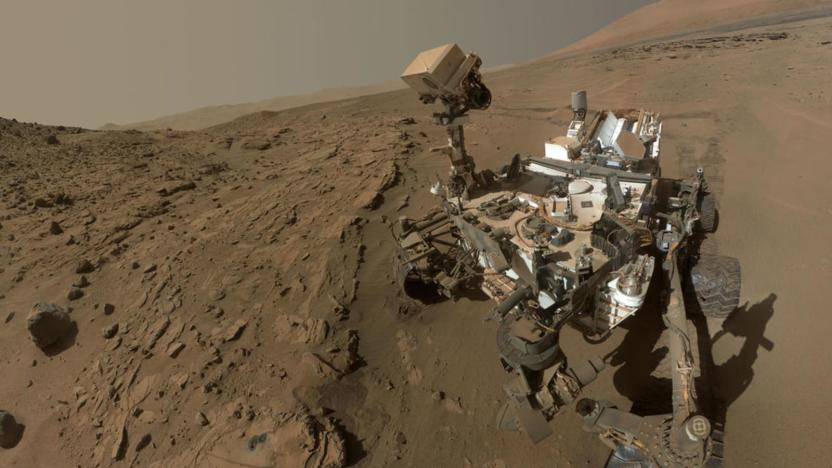
Curiosity rover finds gas levels on Mars hinting at possibility of life
It's easy to get jaded about potential signs of life on Mars, but a recent discovery might raise eyebrows. The New York Times has learned that NASA's Curiosity rover has detected "startlingly high" levels of methane -- the gas typically produced by life as we know it. The quantities are still tiny at 21 parts per billion, but that's three times the amount Curiosity spotted during a surge in 2013. The rover's operators were reportedly surprised enough to pause regularly scheduled studies to obtain follow-up data, with the additional findings slated to arrive on June 24th.
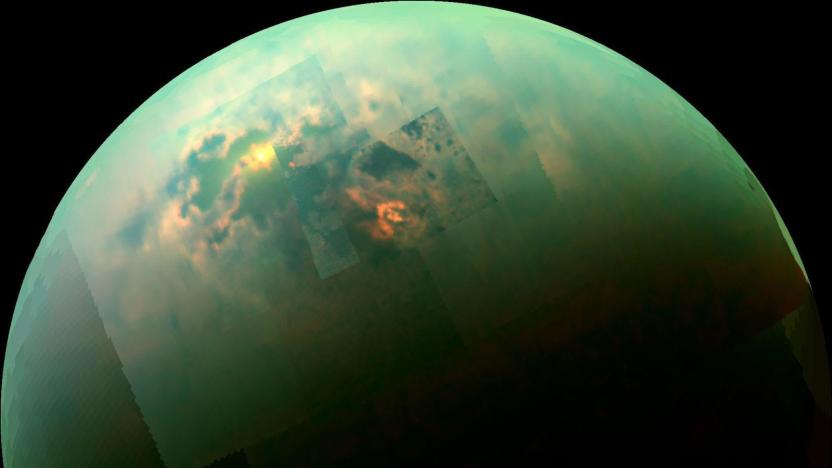
NASA’s Cassini data shows Titan’s lakes are stranger than we thought
NASA's Cassini-Huygens spacecraft made its fateful plunge into Saturn's atmosphere in 2017, but scientists are still using the data it sent home to make surprising discoveries. Two papers published in Nature Astronomy reveal new information about the lakes on Titan, Saturn's largest moon. The small liquid lakes in Titan's northern hemisphere are more than 100 meters deep, perched atop plateaus and filled with methane. They also appear to be seasonal. And the bodies of liquid on one side of the northern hemisphere are completely different than those on the other side.

Researchers want to store excess renewable energy as methane
One of the major drawbacks to renewable energy sources like wind and solar is that we don't have an effective way to store excess energy. When the wind blows, we might have more than enough energy to feed the grid, but we can't store the surplus. Then, on breezeless days, we're left powerless. As trite as that might sound, it's unfortunately valid, and companies like Tesla have been trying to develop large battery storage solutions. Now, researchers at Stanford University are working on a biology-based battery alternative.

Rare metals could make hydrogen-powered cars more efficient
Despite being much faster to fuel up than EVs, hydrogen fuel cell-powered cars have largely failed to make an impact. There are various reasons for that like the crazy expensive infrastructure and hydrogen's explosiveness, but the main one is that from well to wheels, hydrogen cars are much less efficient than EVs. Now, researchers from Spain and Norway have unveiled a new method to convert methane to hydrogen with almost no loss of energy, perhaps making the vehicles (slightly) more feasible.
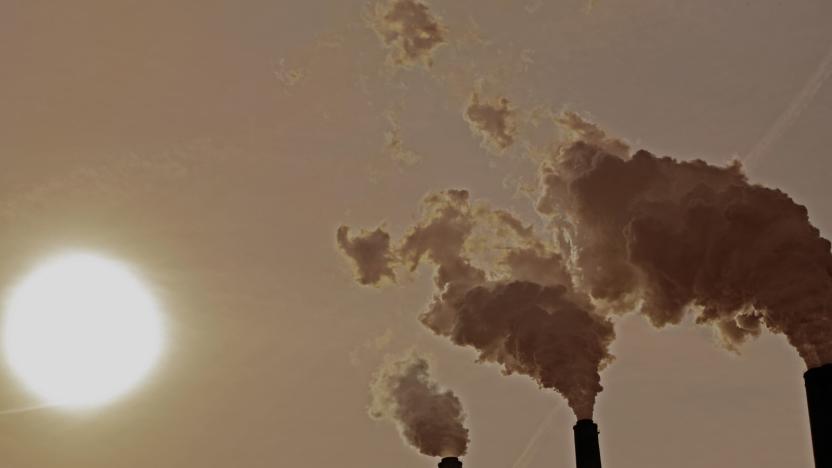
Scientists can't explain a 'worrying' rise in methane levels
The amount of CO2 in the atmosphere reached a record high in 2016, according to the World Meteorological Organization (WMO). Thanks to a combination of human activities and the El Nino weather event, last year's increase was 50% higher than the yearly average from the past decade, driving CO2 to a level that's not been seen for 800,000 years. Average levels in 2016 reached 403.3 parts per million, up from 400 parts per million in 2015.
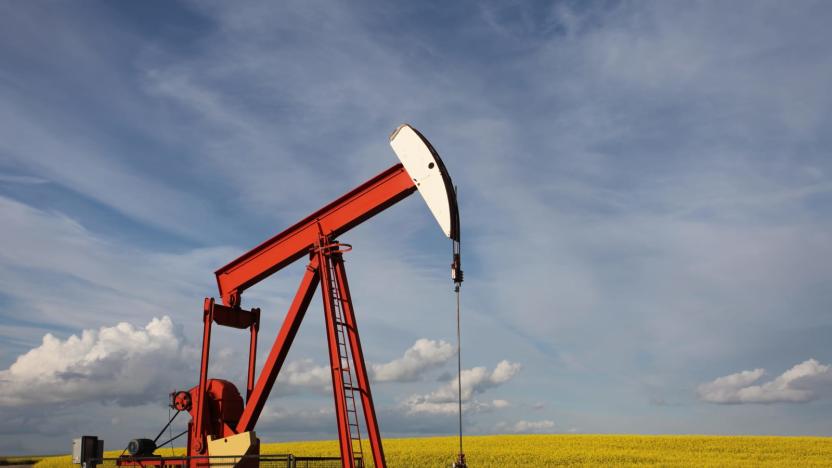
Bacteria could lead to cleaner methane power
Methane as a greenhouse gas isn't all that eco-friendly when used for power, but scientists might have a way to keep the damage to a minimum. Penn State researchers have crafted microbial fuel cells that can convert methane into electricity right at the well, without leaking loads of gas into the atmosphere by sending it through pipes. The team created a cocktail of bacteria (including a synthetic microbe you can't normally grow) that produces the necessary materials to grab and transport electrons from the methane. Not only is this a relatively clean process, the bacteria can run on waste products -- it might clean up the site as it generates power.

Portland plans to convert poop into fuel
The city of Portland has come up with an unusual way to replace diesel fuel. It's going to convert waste methane from sewage into renewable natural gas. That's right -- trucks in the future could run on poop.
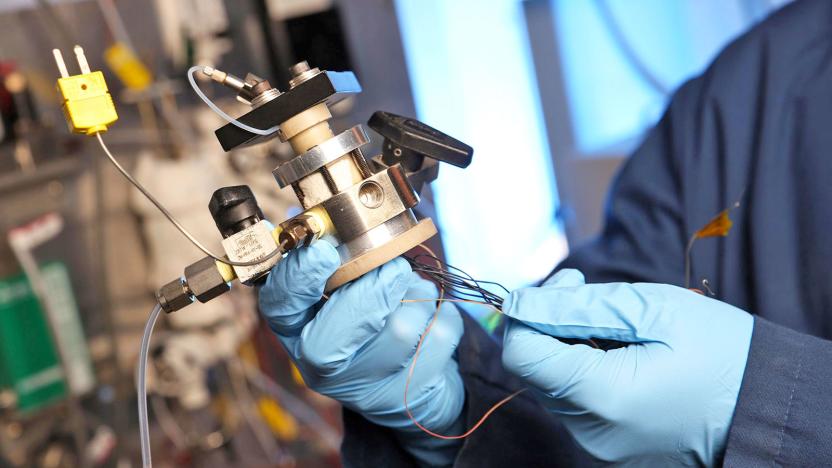
Tiny 'engine' turns natural gas into hydrogen
Here's the dilemma with hydrogen: fueling your car with the stuff is faster than charging an EV, but making and distributing it is inefficient and polluting. A team from the Georgia Institute of Technology has created a four-stroke "engine" that converts natural gas (methane) into hydrogen from just about anywhere, while capturing the CO2. It could one day hook up to your natural gas line, letting you fuel your car from home in a non-polluting way like you can with an EV -- pleasing both green tech boosters and oil companies.

Scientists prove that microbes could survive on Mars
Microbes could survive on Mars despite its harsh environment, a year-long experiment conducted by a team of astrobiologists from the University of Arkansas in Fayetteville has proven. Sure, that's a little less exciting than proving that little green men could have lived on the red planet. But it still brings up the possibility that there may have been life on Mars at one point, no matter how small. The scientists were compelled to conduct a study when Curiosity detected the presence of methane. Most of the methane on Earth is produced by living organisms, and team leader Rebecca Mickol said the "the same could possibly be true for Mars."

Methane emissions spike with dangerous climate consequences
If you thought that the only greenhouse gas worth panicking over was carbon dioxide, then you're gonna need a lie down. Methane, the Art Garfunkel / Luigi to CO2's Paul Simon / Mario (delete as appropriate) is on a mission to wreck our planet. A global team of researchers have found that global methane emissions are spiking, which has even more depressing consequences for our fragile environment.

Hydroelectric dams cause more emissions than we thought
It turns out that you can't even rely upon hydroelectric dams as a source of hope and optimism in 2016. Researchers have found that the technology is far more damaging to the climate than previously thought. A new study reports that dams emit 25 percent more methane than expected, and are the cause of 1.3 percent of all human-created emissions. It's the hope that kills you, really.

GE made an oilfield drone that can sniff out gas leaks
At the opening of GE's new oil and gas R&D center in Oklahoma, the multi-business company has also presented its new methane-sniffing helicopter drone called "Raven." GE started working on the project last year, and it proved that the 20-pound machine can indeed do what it was created for during a test run in July: Raven successfully found gas leaking from a couple of oil wells in Arkansas. A lot of companies in other industries already use UAVs for inspections, including Con Edison and Airbus. GE created the Raven specifically to save oil and natural gas firms money and to help them assess all the data gathered from their facilities.







